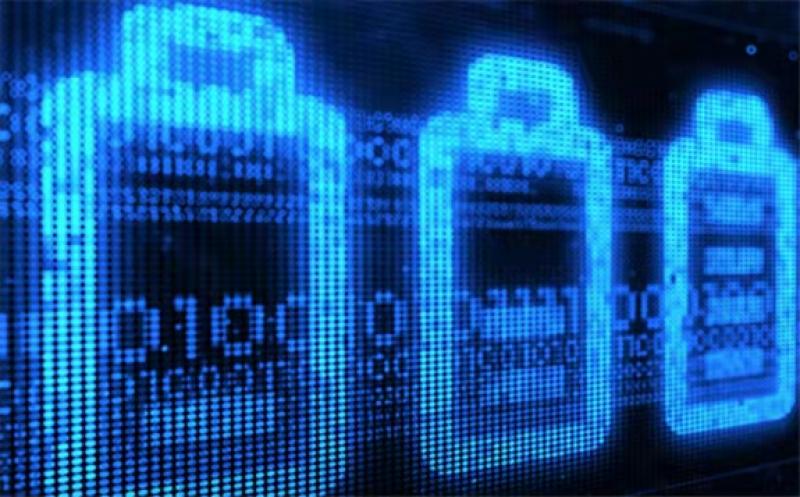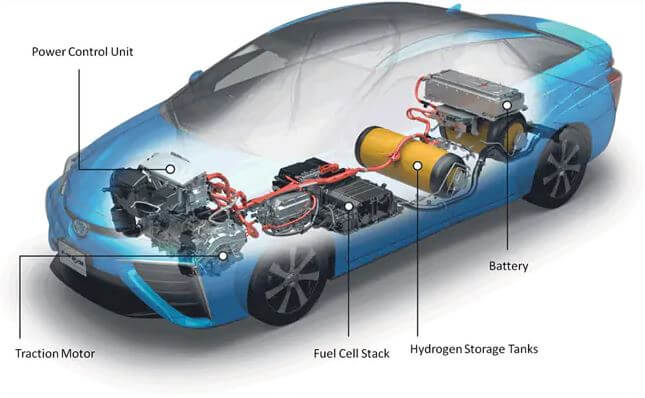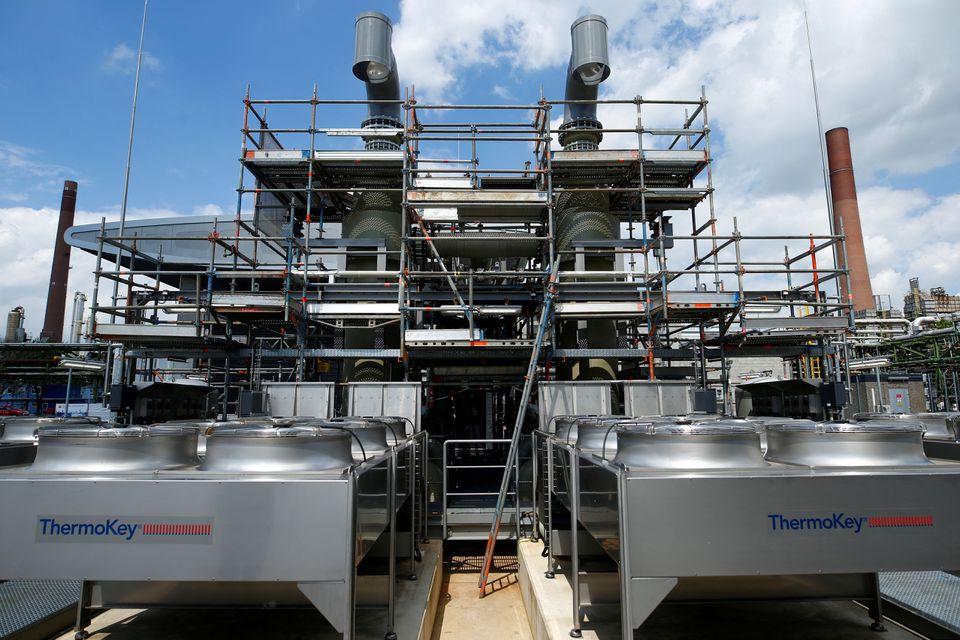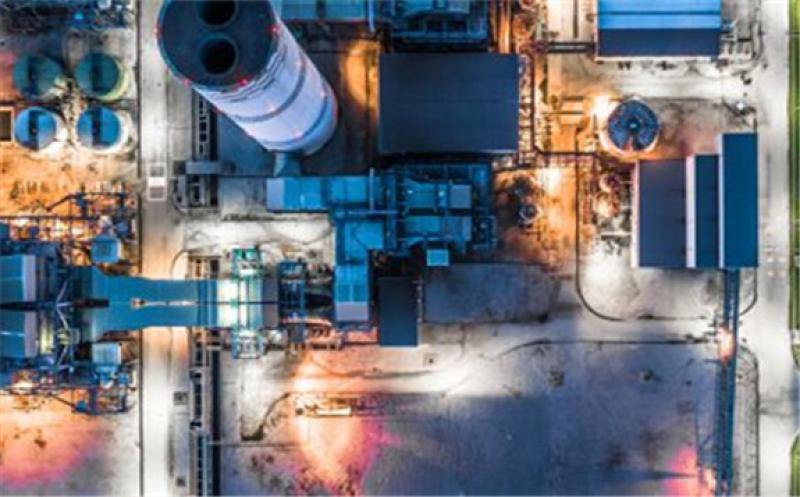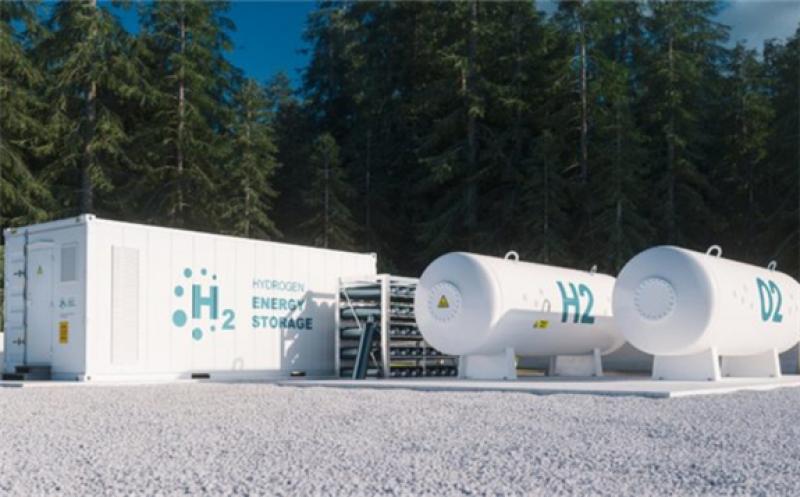A new report released by research firm Wood Mackenzie states that the cost of front-of-the-meter battery energy storage systems in the Asia Pacific is likely to record a 30% decline through 2025.
Factors such as battery price reductions and improvements in battery energy density led to faster than anticipated decline in the cost of front-of-the-meter battery systems in 2020, according to the report.
In addition, other hardware components are beginning to lose their price variance between countries. Beyond a handful of local content requirements, many of the policies that created regional differentiation in hardware component pricing have been eroded by market forces.
The top three markets to watch for include China, Australia and South Korea.
China
China, the world leader, currently sets the record for lowest all-in costs globally. The country’s 2-hour duration all-in FTM system cost is expected to decline 33% to $369 per kilowatt in 2025 compared to $554/kW last year. This is a result of a favourable policy landscape and domestic supply chain.
China is also the world’s largest lithium iron phosphate (LFP) batteries producer and demand centre. As a result, LFP will emerge as the leading battery chemistry (globally) over the next five years. As Chinese vendors ramp up manufacturing and improve LFP technology further, costs of these batteries will decline faster.
The other leading battery chemistry, nickel manganese cobalt (NMC), dominates the rest of Asia Pacific. Over the past decade, rapid rise in the demand of electric vehicles (EVs) has driven down the cost of lithium-ion batteries by more than 85% (since 2010). NMC batteries are suitable for EV and energy storage applications due to their high energy density and robust cycle life. However, LFP batteries have also being considered for use in energy storage applications in recent years. Differences lie in the energy density, fire risk and degradation behaviour.
Australia
Australia, is expected to see costs decline by 34% to $658/kW in 2025 for a 2-hour duration all-in FTM system cost compared to $990/kW in 2020. The pace of FTM deployments in the country is expected to ramp up over the next three years, with system costs continuing to slide.
South Korea
South Korea saw a massive surge in energy storage deployments in 2018, causing a significant reduction in system costs. However, the pace has since slowed down.
South Korea’s 2-hour duration all-in FTM system cost could decrease 29% to $579/kW in 2025, compared to $821/kW last year. Over the next five years, FTM deployments are expected to grow in South Korea, but the pace of price decline will be relatively slower than in China and Australia.
Wood Mackenzie senior analyst Mitalee Gupta said: “As batteries are expected to represent a shrinking portion of all-in system costs, there will be heightened focus on BOS cost reductions moving forward.
“Manufacturers will continue to innovate and produce BOS components that help reduce labor costs, and installation crews are implementing more efficient labor practices as they gain more experience on job sites. Competitive markets will drive system efficiencies, product standardisation and cheaper batteries as we progress towards 2025.
“Asia Pacific is the largest manufacturer for lithium-ion batteries today and will continue to dominate global cell manufacturing capacity through 2030.
“As the region’s storage industry takes off, every component across the value chain will play a role in bringing down system costs. Fire risks and safety standards, tariffs and trade policies, and safeguarding the supply chain amidst Covid-19 uncertainty are factors that could make or break the industry.”
